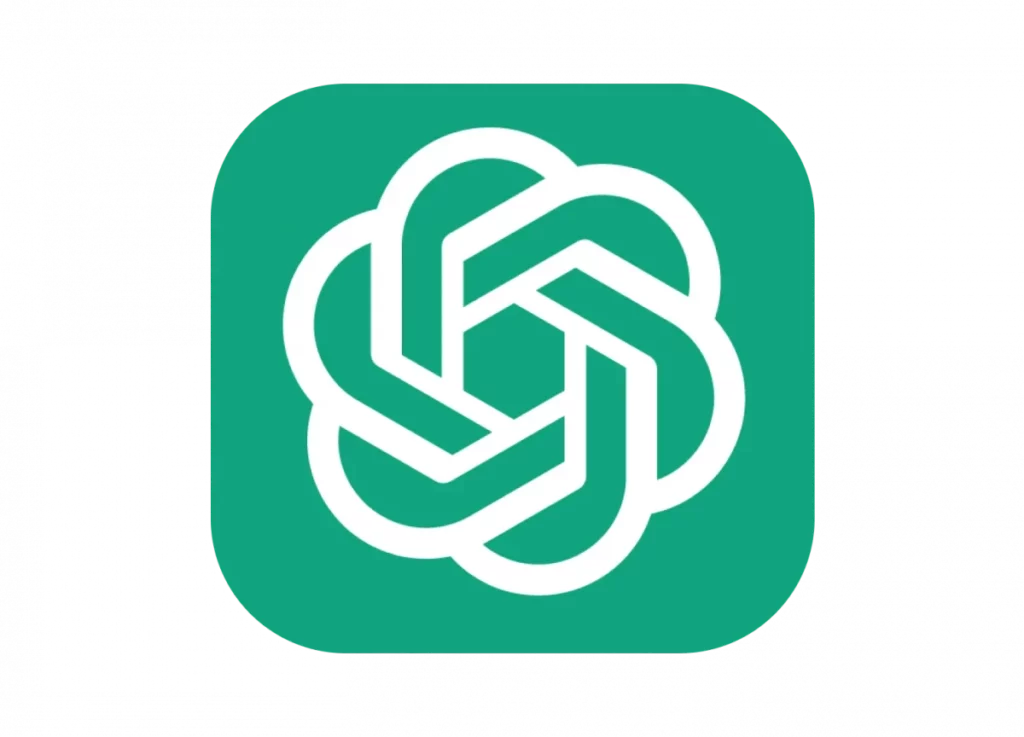OpenAI, an artificial intelligence research lab, is developing GPT-5, the latest iteration in their series of cutting-edge language models.
Sam Altman, the CEO of OpenAI, has indicated that GPT-5 will be a substantial step forward in AI technology, potentially setting new benchmarks in the field.
As the fifth-generation model, GPT-5 is expected to build upon the capabilities of its predecessors (GPT-4) by providing more nuanced and accurate natural language understanding and generation.
This upcoming iteration of OpenAI’s GPT series has garnered significant anticipation due to its potential to redefine AI, potentially edging closer to Artificial General Intelligence (AGI).
Unlike previous language models, GPT-5 is anticipated to harness an even larger dataset and more extensive processing power, enabling it to offer more precise and contextually appropriate responses.
OpenAI’s commitment to improving AI models ensures that GPT-5 will likely be impactful across various sectors, demonstrating the immense potential of language models in automating and enhancing linguistic tasks.
Technological evolution and development
The progression from GPT-3 to GPT-5 marks a landmark in AI development, showcasing leaps in technical capabilities and substantial impacts on society and industry.
From GPT-3 to GPT-5
Transitioning from GPT-3 to GPT-5, the AI community witnessed significant advancements. OpenAI’s incremental release, GPT-3.5, laid the groundwork, but GPT-5 represents a more profound leap in technology.
These models have grown increasingly complex, with improvements in understanding and interaction that hint at the genuine potential of AI’s role in future society.
The role of AI in society
AI technology like GPT-5 has far-reaching implications for society.
From transforming industries to influencing how governments approach technology regulation, AI’s role is pivotal. OpenAI CEO Sam Altman emphasizes the importance of ethical considerations and the potential need for regulation to ensure societal benefit.
Advancements in Multimodal AI
Multimodal capabilities enable GPT-5 to understand and generate not only text but also images, audio, and video.
This seamless integration across different formats marks a substantial development in AI technology, expanding its applicability across diverse tech and financial sectors.
Data, training, and safety
The training dataset of GPT-5 encompasses a more diverse range of information, enhancing its ability to understand and interact with various topics safely.
Ensuring AI safety encompasses measures against misinformation and biases, underscoring OpenAI’s commitment to mitigating potential AI risks from a safety perspective.
Contextual understanding
With improved long-term memory and contextual understanding, GPT-5 is poised to offer more accurate responses, pushing the boundaries in natural language understanding and reasoning.
Research and development milestones
Key milestones in the development of GPT-5 include partnerships with leading research institutions like MIT, which have contributed to the technical nuance and progress of AI.
This collaboration aids in refining AI features, ensuring ongoing advancements, and the inception of revolutionary tech applications.
Regulatory and ethical challenges
The trajectory of AI developments, including those of GPT-5, is closely scrutinized by governments and regulatory bodies.
There is a pressing need for comprehensive regulation to ensure safety and ethical use. High-profile figures like Elon Musk and Andrew Yang have contributed to the discussion, with Musk advocating for proactive regulatory measures, even as he launches his own AI, Grok.
Release timeline
GPT-5’s release is cloaked in speculation and anticipation. As of now, the most recent speculations suggest a potential release in early 2024, possibly around March or April.
However, it’s crucial to note that OpenAI has not begun the training of GPT-5 yet, and its development is not on the near timeline.
This contrasts earlier reports which anticipated its training to be completed by December 2023.
An intermediate version, GPT-4.5, is officially stated to be introduced in late 2023 as a bridge between GPT-4 and GPT-5.
What are the expected capabilities and limitations of artificial general intelligence in GPT?
GPT-5 is expected to push closer to artificial general intelligence (AGI) with considerable advancements.
However, it is essential to set realistic expectations; AGI remains a complex challenge and the model may exhibit limitations in absolute reasoning and broader cognition.



